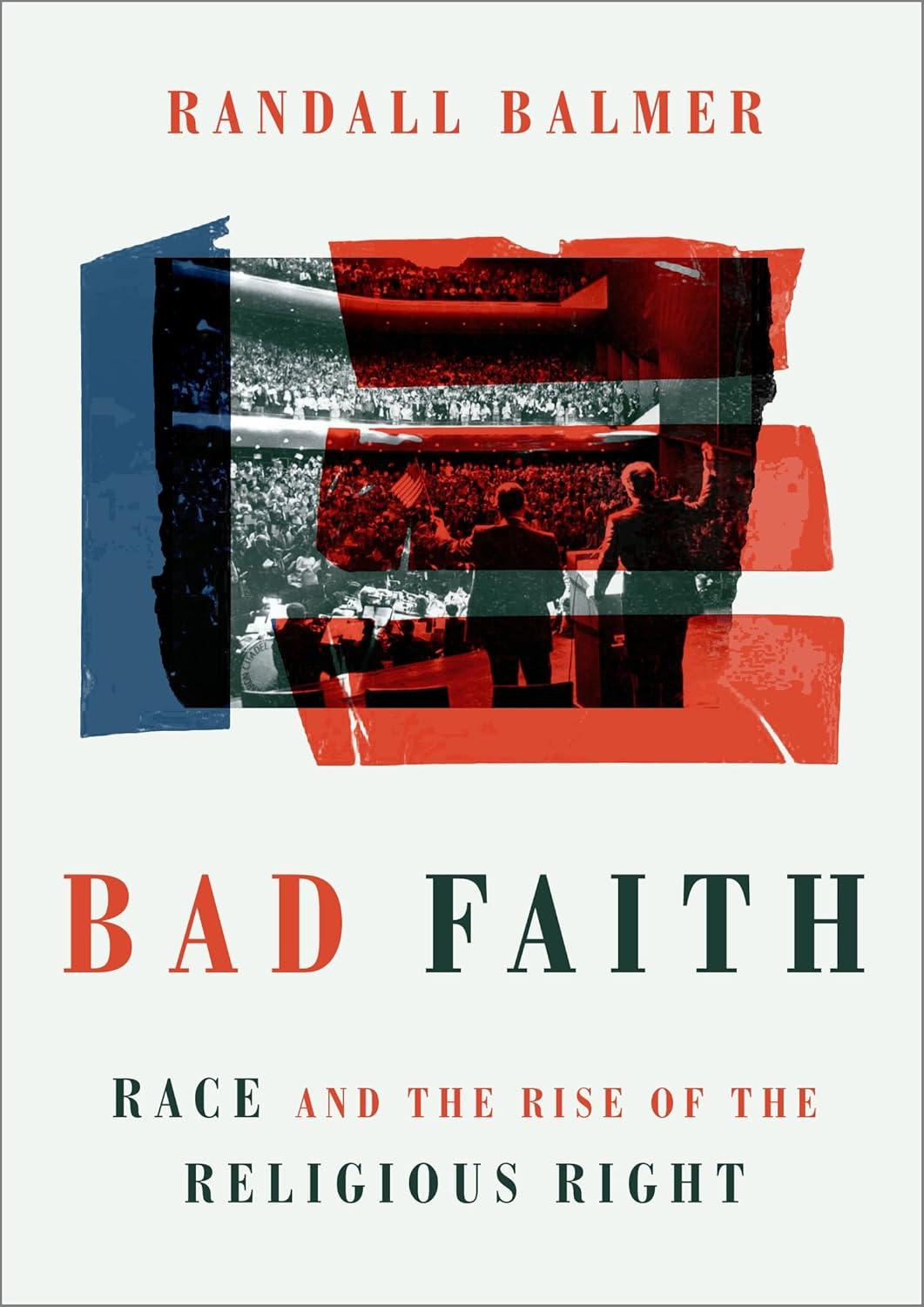For American religious historian Randall Balmer, this story is a personal one because he’s been privy to it, in many ways, since its very beginnings. His new book, Bad Faith: Race and the Rise of the Religious Right, began as a Politico article, titled “The Real Origins of the Religious Right.” The subtitle said it all: “They’ll tell you it was abortion. Sorry, the historical record’s clear: It was segregation.” This analysis of “evangelical racism” is fast becoming an academic genre in its own right — part of what one scholar has recently called the “moral turn” in the study of American religious history.
As an evangelical historian himself, Balmer has resisted such normative moves in the past, but as he admits, the 2016 election changed his mind for good. For these reasons, Balmer is a provocative storyteller: not unlike his own subjects, he too has been in the room where it happens. In this sense, Bad Faith is not a historical account of American evangelicalism — it’s a normative reckoning of it.
Balmer recalls how he was invited to a meeting in Washington in the early 1990s with conservative organizers, such as Paul Weyrich and Richard Viguerie, and evangelical intellectuals, including Carl F. H. Henry, Grant Wacker, and George Marsden. Though he was the only “progressive evangelical” in the room, he nevertheless overheard Weyrich express his frustrations with mobilizing potential conservatives via “the abortion issue.” In short order, Balmer deduced something truly remarkable: the Christian Right was not initially galvanized due to abortion and its federal legalization.
Bad Faith unpacks “the abortion myth” by exploring the history of American evangelicalism in three roughly chronological parts. For Balmer, 19th-century evangelicals “bore responsibility for the improvement of society and especially the interests of those most vulnerable,” but they eventually lost their way when salvation became a more individual concern. The doctrine of dispensational premillennialism is the culprit. It shifted evangelical activism away from the systemic and toward the individual because of Jesus’s assumed imminent return. This way of thinking destroyed the evangelical impulse to reform society in the name of the least of these.
From there, Balmer’s narrative highlights classic if not expected events in the history of American evangelicalism: the first and second Great Awakenings, the Scopes Monkey Trial, the anticlimactic presidency of Jimmy Carter, and the abortion myth, which suggests that Roe v. Wade was the true catalyst that mobilized conservative protestants into a potent sociopolitical force. Instead, Balmer argues that it was the IRS’s decision to enforce federal antidiscrimination law pertaining to the tax-exempt status of “segregation academies” that got a largely apolitical constituency’s attention. For example, Bob Jones University’s decision to not allow interracial dating resulted in a swift reproach by the Supreme Court in Green v. Connally (1971). Five years later, the IRS officially rescinded the school’s tax-exempt status. The mobilization that resulted in the “rise of the Religious Right,” Balmer concludes, was in defense of racial segregation.
